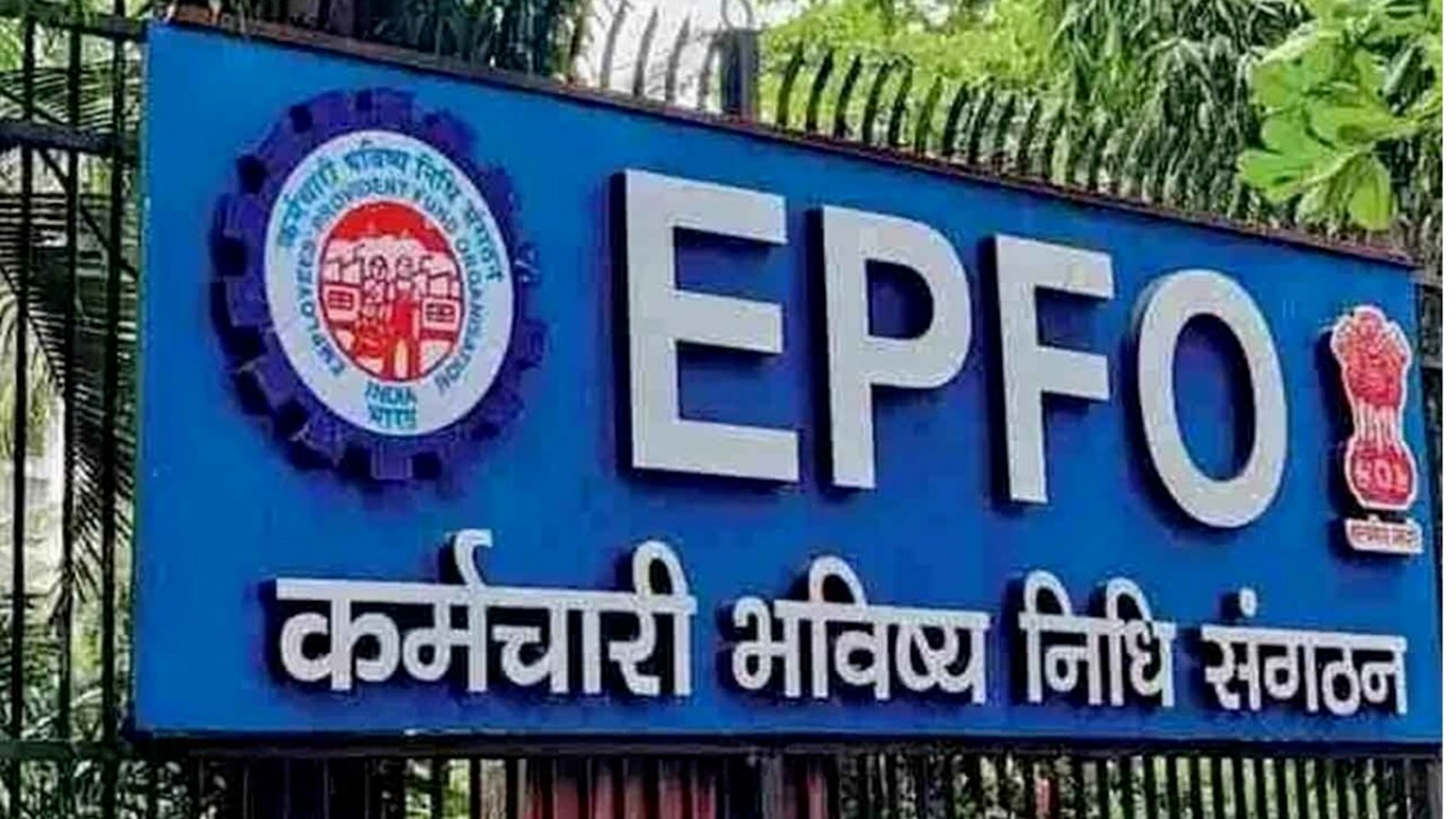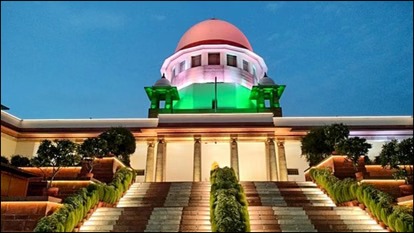R.V. Raveendran, C.J.@mdashThis reference is by the Tribunal u/s 256(2) of the IT Act, 1961 (''Act'' for short), in pursuance of the order of this Court dt. 19th Jan., 1998 in IT Ref. No. 107/1997 relating to asst. yrs. 1986-87, 1987-88 and 1988-89, at the instance of the Revenue. The question referred is :
"Whether, on the facts and in the circumstances of the case, the Tribunal was justified to hold that the rental income should be assessed as income from business in place of income from house property assessed by the AO ?"
2. The respondent/assessee is a company which was carrying on bidi manufacturing business at the relevant time. It acquired 58 properties for its bidi business consisting of factory building, godowns, officer/staff quarters, etc. The properties were all being used for the purpose of its business. However, due to labour problems and other circumstances, assessee had to temporarily reduce its activities and consequently let out some of the properties, which were not immediately required by it for the purpose of its business. During the three years in question, it was found that six properties (godowns) in entirety and one property in part (excluding office) were let out for the entire year. The rental income was Rs. 2,91,441, Rs. 3,16,896 and Rs. 3,34,020, respectively, for the accounting periods corresponding to asst. yrs. 1986-87, 1987-88, 1988-89.
3. In its returns, the assessee showed the said rental income as income from business and claimed depreciation and also claimed actual cost of maintenance. The AO by three assessment orders dt. 23rd Jan., 1989, 30th March, 1989 and 11th May, 1989, treated the said rental income as income from house property and, therefore, restricted the allowance for repairs and maintenance to 1/6th of the rental income and disallowed the depreciation. It may be mentioned that so far as the part of the seventh building which was being used as office, the actual repairs were estimated and permitted.
4. On appeal by the assessee, CIT(A), Jabalpur, by orders dt. 11th Oct., 1990, 21st Nov., 1990, respectively confirmed the decision of the AO treating the rental income as income from house property. On further appeal by the assessee, the Tribunal by common order dt. 21st Aug., 1996 (in ITA Nos. 428/Jab/1990, 63/Jab/1991 and 64/Jab/1991), held that the rental income is to be treated as business income and not as income from house property.
5. The Revenue filed an application seeking reference. On the Tribunal rejecting the same, the Revenue filed a petition under 256(2) resulting in the order of reference dt. 19th Jan., 1998 referring the above question of law.
6. We may refer to the relevant provisions of law before considering the question arising for opinion :
6.1 Section 14 deals with heads of income. It classifies all income under the following five heads for the purpose of charge of Income Tax and computation of total income : ''salaries'', ''income from house property'', ''profits and gains of business or profession'', ''capital gains'', and ''income from other sources''.
6.2 Section 22 relates to income from house property and reads thus :
"The annual value of property consisting of any buildings or lands appurtenant thereto of which the assessee is the owner, other than such portions of such property as he may occupy for the purposes of any business or profession carried on by him the profits of which are chargeable to Income Tax, shall be chargeable to Income Tax under the head "Income from house property".
Under Section 28, ''profits and gains of any business or profession which was carried on by the assessee at any time during the previous year'' among others, is treated as income chargeable under the head of ''Profits and gains of business or profession''. Section 2(13) of IT Act, 1961 (''Act'' for short), defines ''business'' as including any trade, commerce or manufacture or any adventure or concern in the nature of trade, commerce or manufacture.
7. The question whether income from letting out business asset should be treated as ''income from house property'' or as ''profits and gains of any business'' is a vexed question. Rents or other income from the ownership of house property will normally have to be brought under the head of ''Income from house property''. In
8. In
"...We cannot accept the view that an asset which was acquired and used for the purpose of the business ceased to be a commercial asset of that business as soon as it was temporarily put out of use or let out to another...."
9. In
"It is predominantly a matter of intention. Intention is an inference to be drawn from the relevant facts. In each case, the intention has to be gathered as to whether the commercial asset was intended to be exploited by the assessee or whether it was intended to be used by letting it out for a temporary period.... In the context of these facts, it appears that it was a possible conclusion that the assessee intended that there should be a temporary suspension of the business for the purpose of reconstruction of the company and for that matter, there must be stoppage of the user of the machinery by the assessee. It was a temporary lease though for 10 years or 19 years on renewal and after the expiry of the period, the property reverted back to the assessee.
On that basis, applying the correct principle, the Tribunal found that the intention was not to part with the machinery but to lease it out for a temporary period as a part of exploitation. In such circumstances, it cannot be said that no business was carried on and their income derived from the machine-letting was only a rental income. There was a temporary suspension of business for a temporary period with the object of tiding over the crisis condition. There was never any act indicating that the assessee never interred to carry on the business."
10. In
11. In
12. The entire case law on the subject was considered in detail by the Supreme Court in
"(1) no precise test can be laid down to ascertain whether income (referred to by whatever nomenclature, lease amount, rents, licence fee) received by an assessee from leasing or letting out of assets would fall under the head "Profits and gains of business or profession" :
(2) it is a mixed question of law and fact and has to be determined from the point of view of a businessman in that business on the facts and in the circumstances of each case including true interpretation of the agreement under which the assets are let out:
(3) where all the assets of the business are let out, the period for which the assets are let out is relevant factor to find out whether the intention of the assessee is to go out of business altogether or to come back and restart the same.
(4) if only or a few of the business assets are let out temporarily while the assessee is carrying out his other business activities then it is a case of exploiting the business assets otherwise than employing them for his own use for making profit for that business: but if the business never started or has started but ceased with no intention to be resumed, the assets also will cease to be business assets and the transaction will only be exploitation of property by an owner thereof, but not exploitation of business assets."
13. Let us now refer to the facts of this case. The Tribunal on examination of the facts, the records including the agreements of lease, recorded a finding of fact that the properties were temporarily let out to keep them in good condition so that they can be used and exploited again for the purpose of its bidi manufacturing business and that the assessee''s intention was to increase its business gradually and not to close down its business. The Tribunal found that in regard to the years in question, the assessee had carried on business and the turnover was Rs. 7,33,55,039, Rs. 1,30,74,691 and Rs. 58,90,276. The Tribunal, therefore, held that there was no material on record to show that the business of the assessee had come to an end or likely to come to an end. The assessee was carrying on business in the years under consideration and there was no intention on the part of the assessee to close down the business, but on the other hand, the intention of the assessee was to revive and increase its business in the years to come. Therefore, it held that letting out of the premises by the assessee was only temporary to generate income and, therefore, the rental income should be treated as business income. When we apply the principles laid down by the Supreme Court to the aforesaid facts, it is clear that the Tribunal was justified in holding that the rental income should be treated as business income. All the assets were not let out. Only a few of the assets of the business were let out and that too temporarily with an intention of exploiting them. The finding is that there is no intention to close down the business. Nor is there any intention that the assets will cease to be business assets.
14. In the facts and circumstances of the case we find no error in the order of the Tribunal. We, therefore, dispose of the reference by answering the question of law raised in the affirmative in favour of the assessee and against the Revenue.

